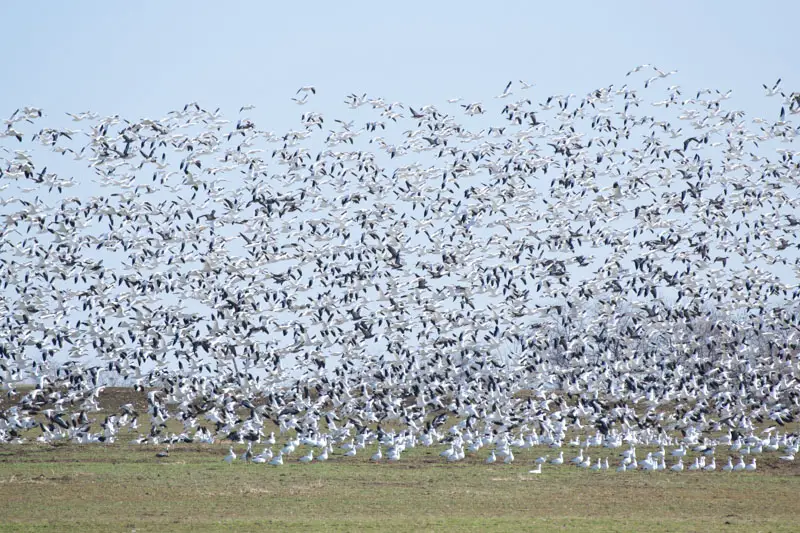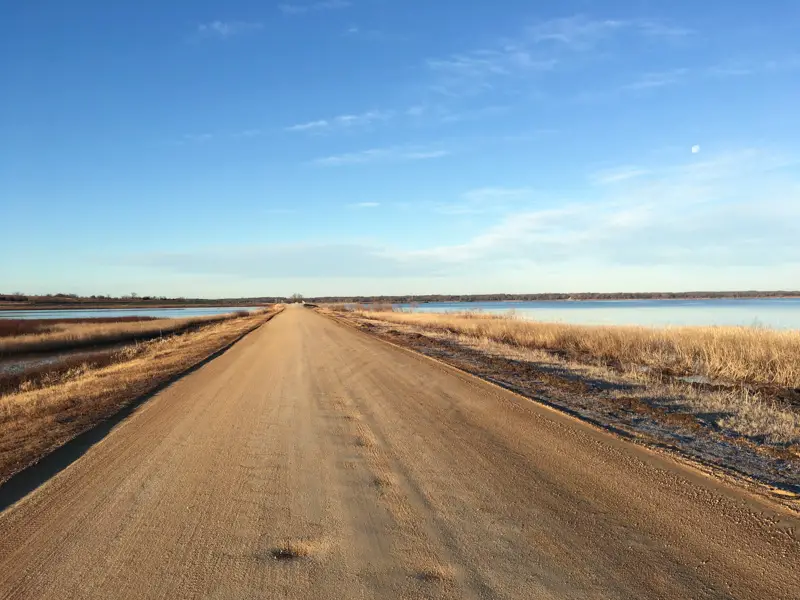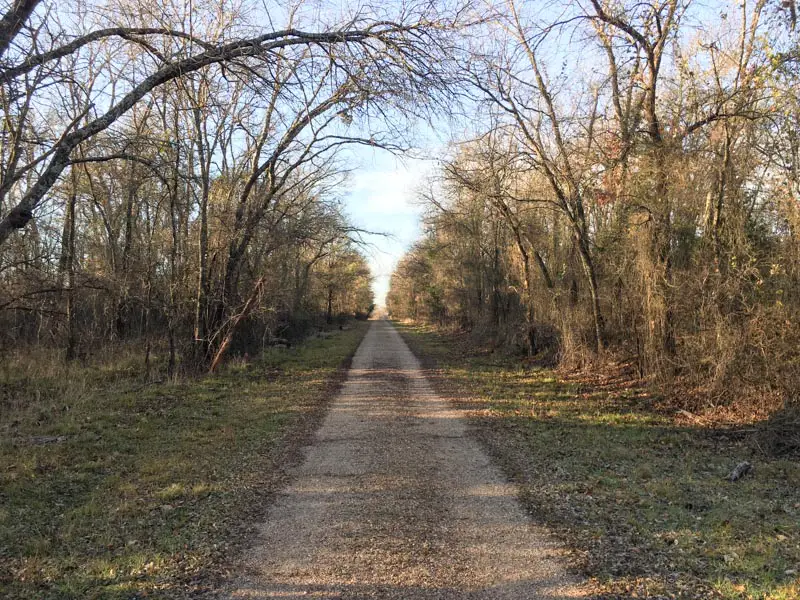Hagerman National Wildlife Refuge
Highlights:
- One of the best inland hotspots in the state
- Reliable location for Bald Eagle
- Geese and ducks by the thousands


The Location
Hagerman National Wildlife Refuge is one of only 4 inland eBird hotspots to break 325 species in Texas (along with Mitchell Lake Audubon Center, Hornsby Bend, and Choke Canyon State Park). This location wonderfully showcases the wildlife that northeast Texas has to offer.

The habitat ranges from open water on Lake Texoma, marshy stretches mixed with open mudflats, hardwood forests, and plowed grain fields that bring in geese by the thousands.
It is a reliable location to see Bald Eagle, and is great for woodland species like Brown Thrasher, Brown Creeper, and up to 6 species of woodpecker. Depending on water levels there may also be ducks viewable by the hundreds. Mallard, Northern Pintail, and Gadwall are especially common.


Birding Recommendations
Winter is possibly the best time to visit this refuge, between mid-November and late Febuary. This time frame allows birders to view the spectacle of white geese by the thousands. One of the most exciting events a birder can witness at the refuge is a Bald Eagle flying in low over the fields and sending the Snow and Ross’s Geese airborne like snow falling upward.


Arrive at sunrise if possible. This will give you the most time to explore the refuge before the wind picks up over the open fields and marshes. Woodland bird activity usually dips the most noticeably after mid-morning.


Consider birding wooded trails first and saving the open water and fields for late morning. Meadow Pond Trail leading to Deaver Pond is a good choice, as is Harris Creek Trail located close to the visitor’s center.

Meadow Pond Trail
If you enjoy looking through waterfowl and picking out different species then a scope will be very helpful as they are often scattered about the marshes and partially hidden by vegetation.


Other Important Info
Likely one of the most enjoyable aspects of this refuge is the abundance of geese and waterfowl in the winter, and shorebirds in the spring and fall.
Note that these numbers are heavily affected by lake water levels. If water levels are very low, most birds will be too far out to see. If water levels are too high then the shallows and mudflats that birds love will be underwater.
The refuge is always exciting, but the best experience will come from more typical, intermediate water levels. Contact refuge staff to inquire about current refuge conditions.
Interesting Notes
The refuge grows grain during the warm months and cuts it when the seeds are mature, but does not harvest it. The seeds are left in the ground so that when winter arrives, geese will have a reliable food source.
